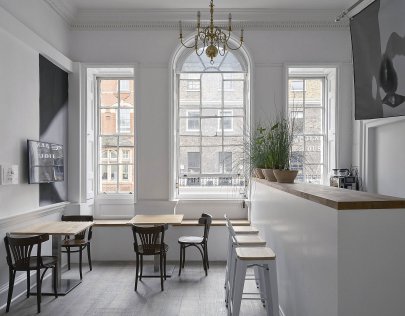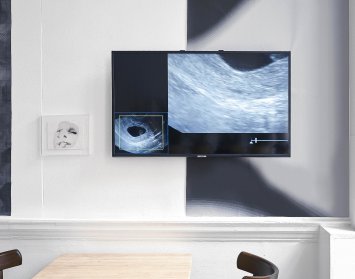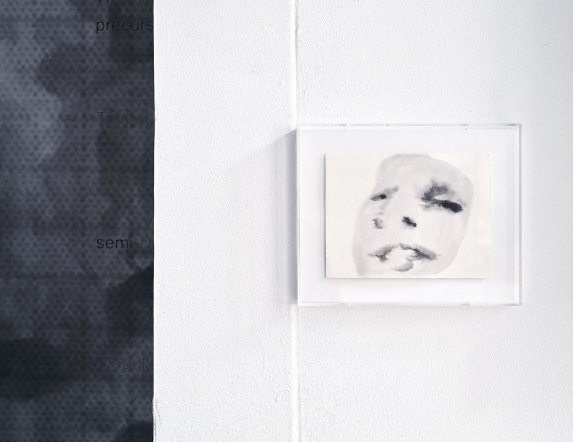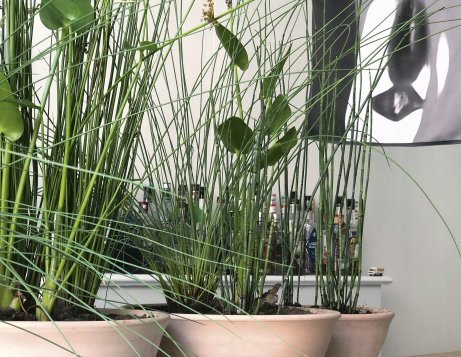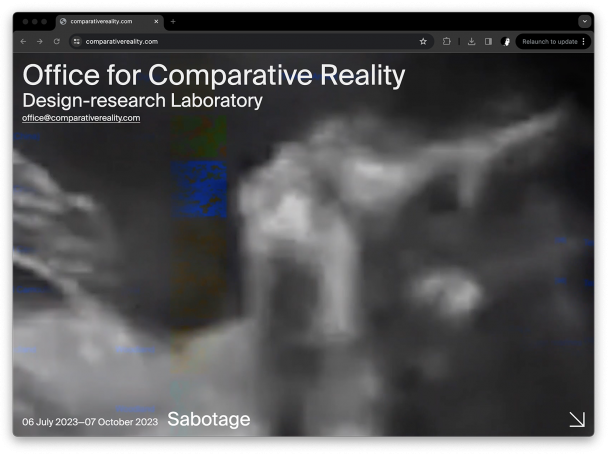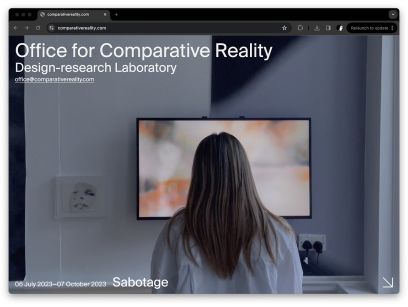Sabotage
2023
Collaborative design-research laboratory
Installation: wallpaper, 2 graphic works (15×20 сm unframed, 21.5×26.7 cm framed), colour video, with sound, flag, plants
Dimensions variable
Sabotage is an unsettling environment exploiting the manipulative nature of media flows, hypertext aesthetics and artificially generated imagery to reflect on the incessant persistence of decentralised militarist propaganda. The installation brings together a number of elements, including a looped video piece, a wallpaper consisting of map-like glitched textures and metadata, a flag designed by a neural network, ink portraits, as well as the sounds of a grand piano in the process of tuning. The resulting setting reveals that distortion, fakes and mimicry constitute dominant features of aggressive media landscapes, which aim to suppress our awareness and shape our perceptions. In the course of the intervention the space was adorned with the flora typical of swamps and marshes.
Sabotage is a project of Office of Comparative Reality.
Artists: Danya Orlovsky (motion design), Boris Shershenkov (sound), Katya Sivers (concept, project lead, creative direction; graphic works) and those, who preferred to stay anonymous.
The work was displayed in the space of the Pushkin House Bar (London, 2023)
